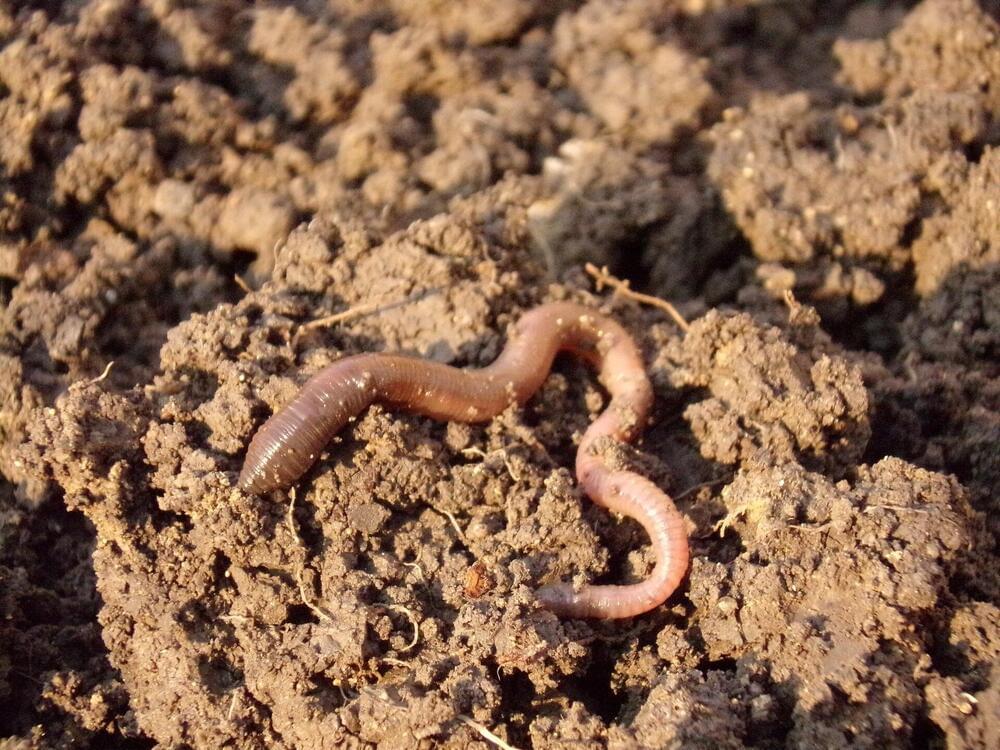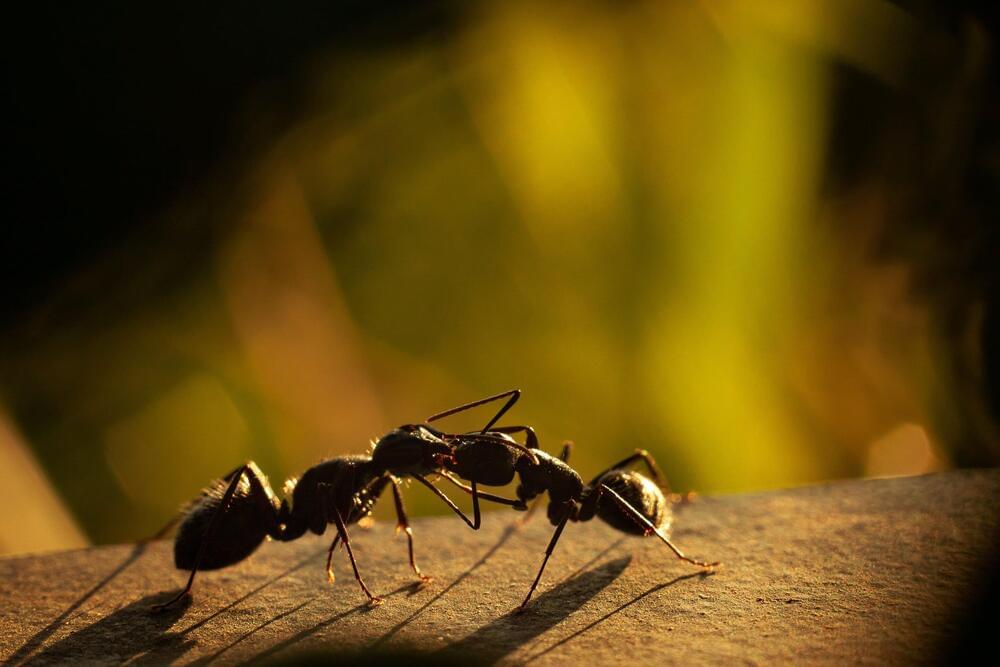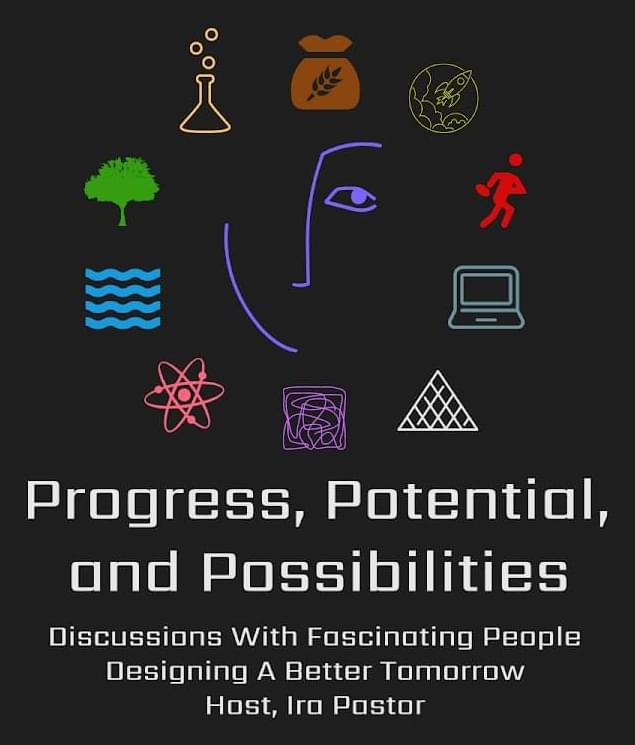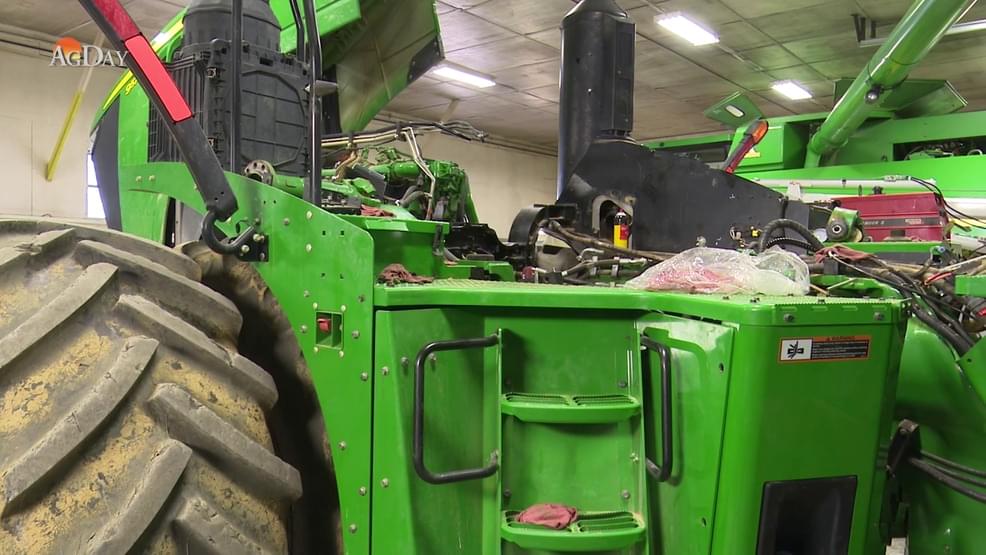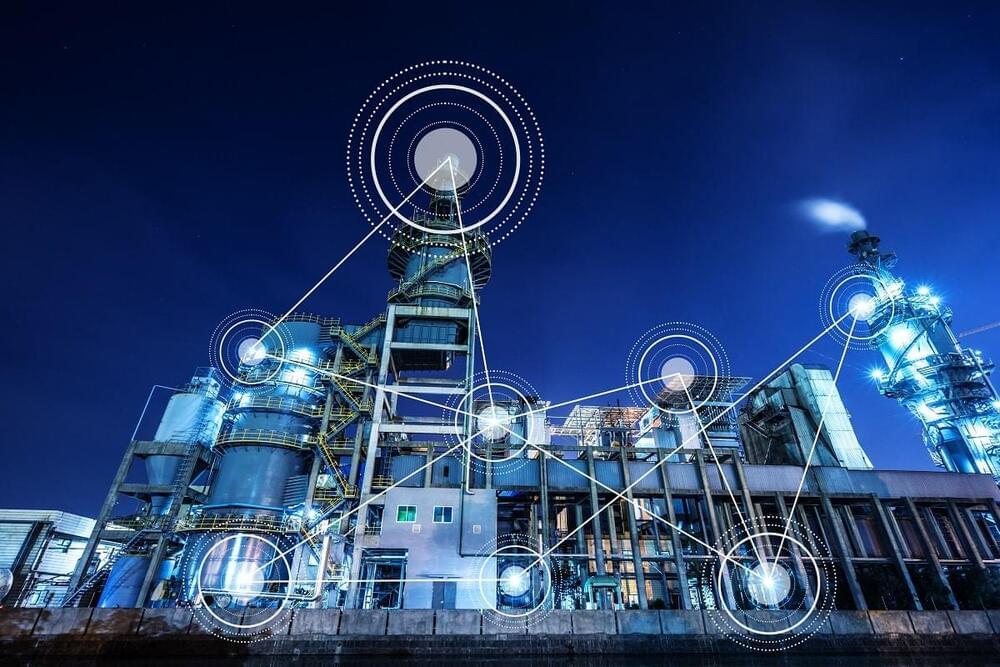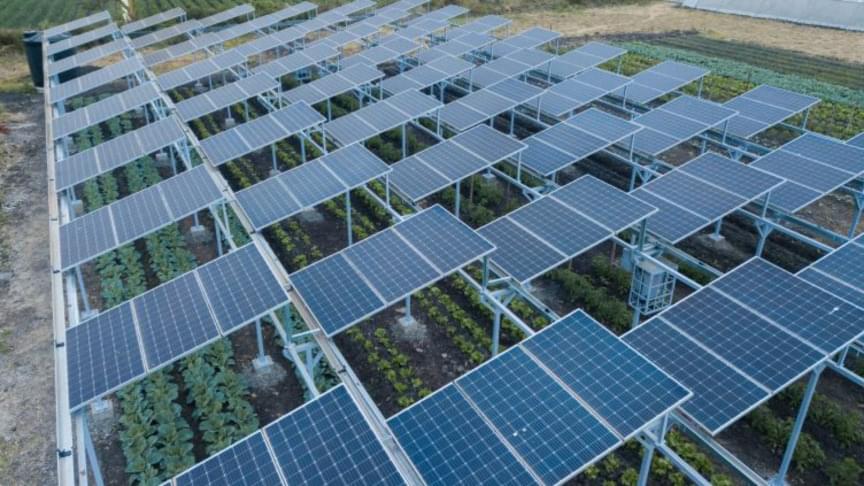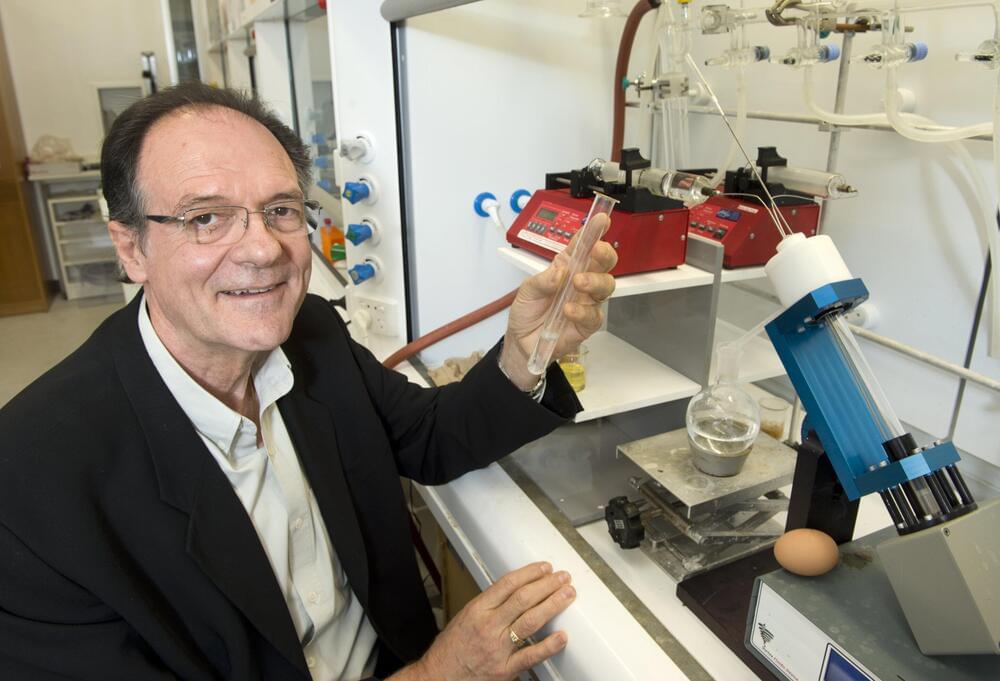Mar 3, 2022
One piece of good news as energy prices explode in European markets
Posted by Shubham Ghosh Roy in categories: energy, food
With the war in Ukraine raging and gas and energy prices climbing across world markets, there is one piece of good news for European energy markets.
Economists from Poland’s state Pekao bank are reporting a large reduction on the price of CO2 emission certificates. The prices have fallen dramatically from €95 to €62 per ton. This is especially good for countries like Poland, which are forced to pay a premium for energy derived from “dirty” sources like coal. The fall in the price of this “tax” is expected to make the cost of energy especially more bearable for many of Europe’s poorer nations.
The CEO of Poland’s Development Fund, Paweł Borys, also commented on the issue on Twitter. “It is significant how CO2 prices have collapsed, falling by 30 percent since they peaked in February. This is good news, as it means that electricity prices may fall, thereby reducing inflationary pressure that have been exacerbated by hikes in oil and food prices.”

